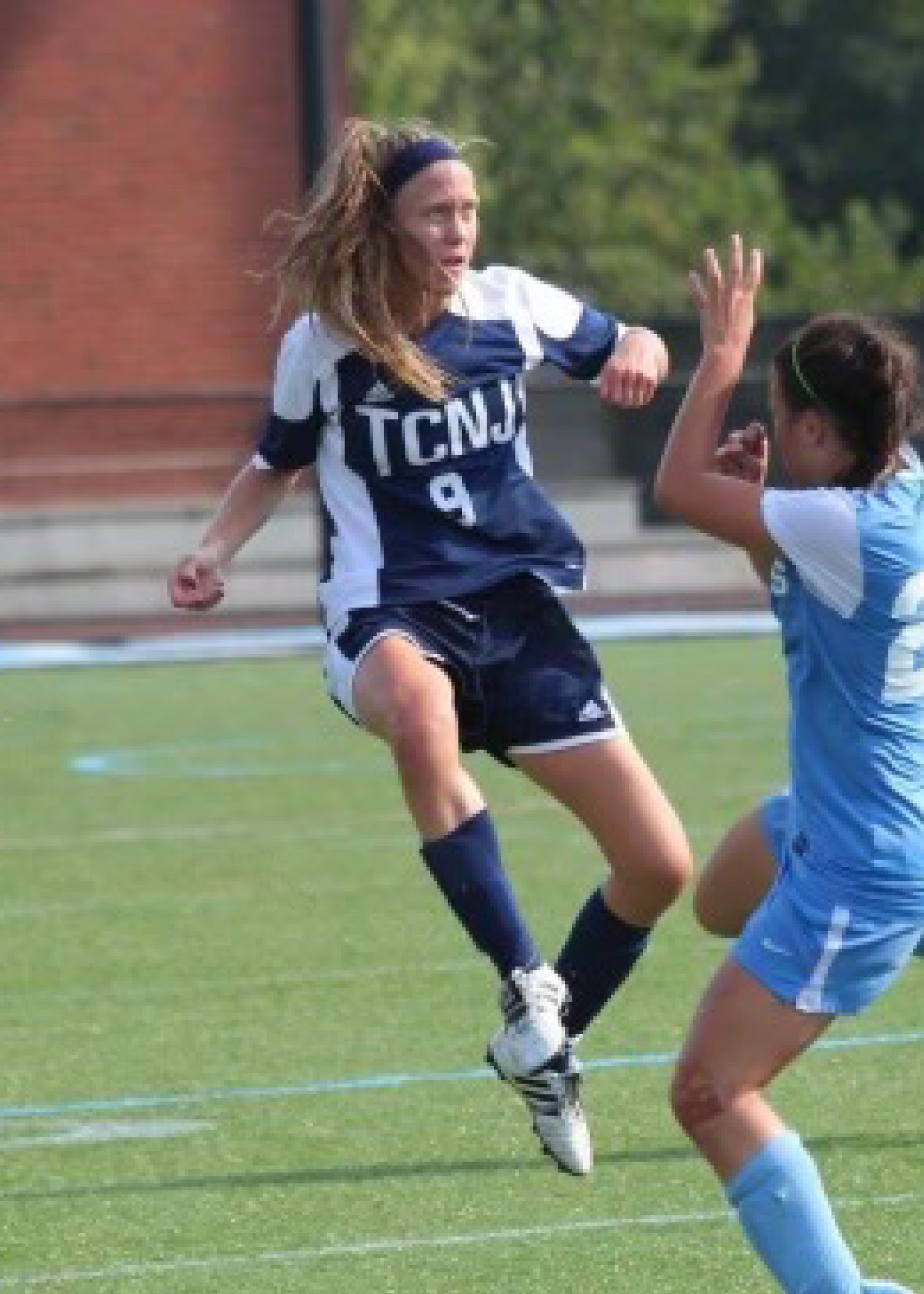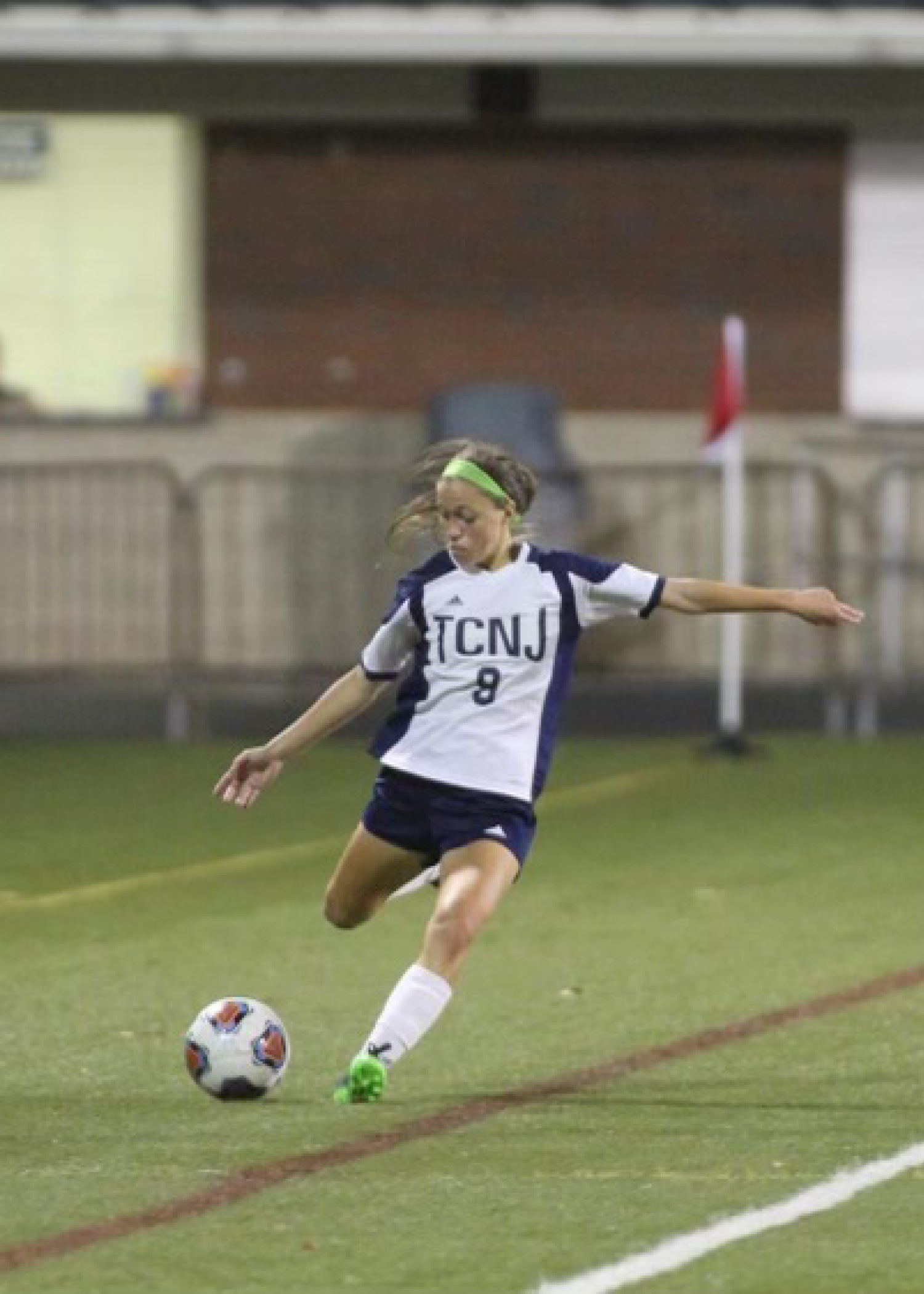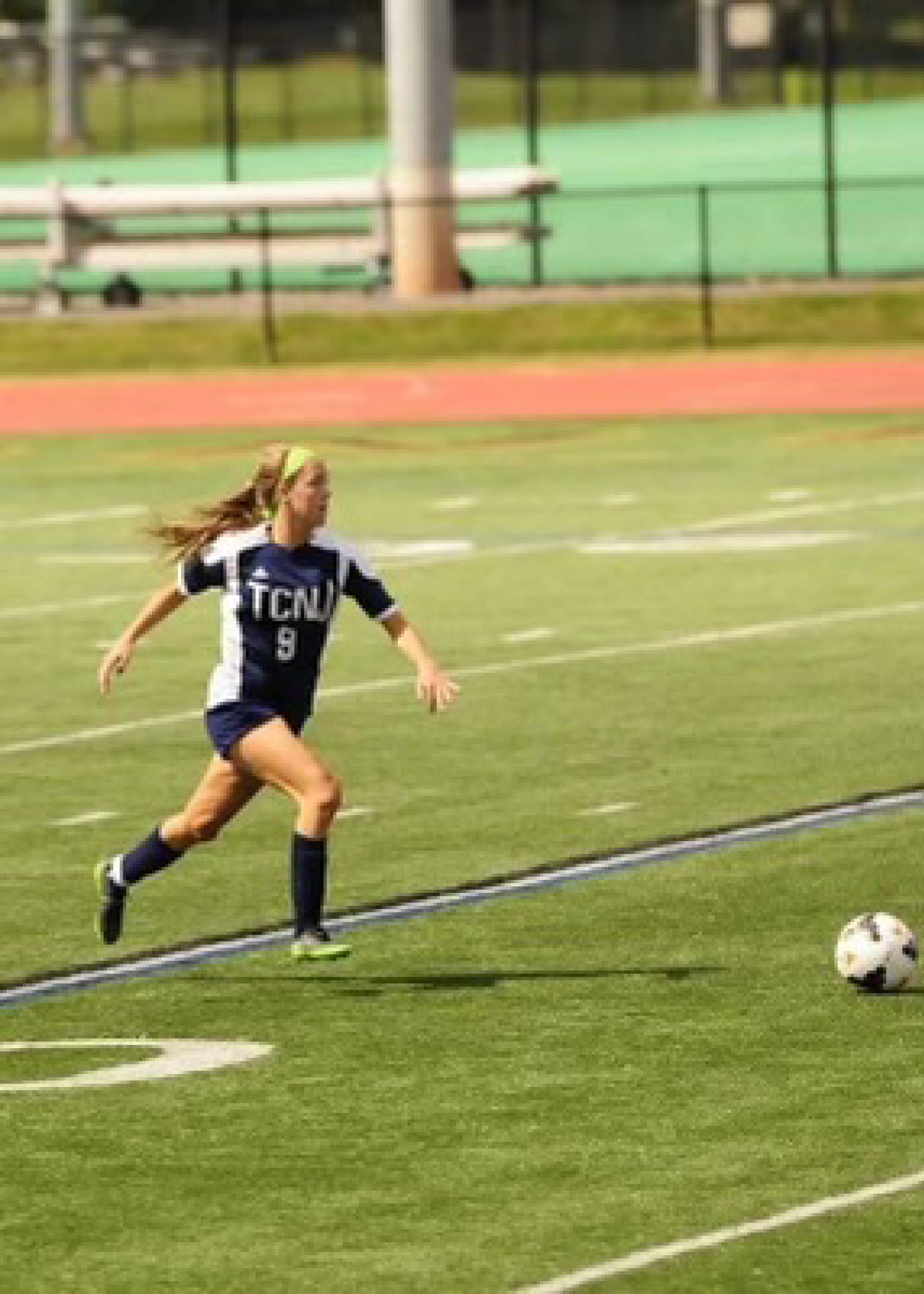Concussion management has become a priority across many sports in recent years, most notably in the progress seen in professional American football. But the original football, or as we Americans call it, “soccer”, has certainly made strides to protect their players as well.
This is the first FIFA World Cup to institute a concussion substitution, which allows an additional substitution if a player is confirmed or suspected of sustaining a concussion. Each team is typically allowed only five substitutions which can only occur at three separate times during the game. The new rule will permit coaches to remove a concussed player from the game without being penalized.
The concussion substitution, though, is only helpful if implemented appropriately. The Iranian team has already been under scrutiny after the first game of the tournament after neglecting to immediately pull their goalkeeper, Alireza Beiranvand, from the game after colliding with his teammate. The goalie was obviously disoriented but continued to play until he slumped onto the ground, forcing his removal from the game. The team only then took advantage of the concussion substitution and replaced Beiranvand with his backup.
Our hometown USMNT will face this Iranian team today. Beiranvand will reportedly play. EXCEL Fort Lee physical therapist and concussion guru, Kelly Wieczerzak, PT, DPT, is providing some insight into the prevalence of concussions in soccer and why it is important to protect these athletes.
A concussion is a type of traumatic brain injury (TBI) caused by a blow to the head or a hit to the body that causes the brain to move rapidly back and forth within the skull, creating chemical changes in the brain. Sport-related (not soccer specific) TBIs affect approximately 1.6-3.8 million Americans each year, with more than 10,000 of them being NCAA student athletes. Unfortunately for soccer athletes, 22% of all injuries are concussions.
The most common mechanism of injury for a concussion in soccer is head-to-head contact with another athlete. This is followed by head-to-ground contact and then finally head-to-ball contact. Some of the symptoms of a concussion include headache, nausea, vomiting, dizziness, blurred vision, sensitivity to light, irritated by noise, confusion, memory problems, or feeling “down or depressed”. A person with a concussion may experience only one or many of these symptoms.
Diagnosing a concussion is extremely dependent on the self-reporting of symptoms from the athletes themselves. Because of that, it is probably one of the most under-reported injuries. In a survey of 800 high school soccer players, 69% reported playing through a concussion and 40% reported they didn’t feel their coach was even aware of their symptoms.
It is also challenging to diagnose a concussion because there is typically no structure damage to the brain so most imaging will be negative. A concussion cannot be graded like a musculoskeletal injury (for example, Grade 1 vs. Grade 3 ACL tear). And many times, there is no obvious sign of concussion to an observer. Concussions do not require a loss of consciousness which only occurs in about 10% of cases.
Treatment for a concussion is a multiphase approach to resuming normal activities. It can be broken down into two phases. In Phase 1, the “Return to Learn” phase, the goals are to resume daily home activities (and in the case of student athletes, school activities) and increasing cognitive work without recurrence of symptoms. In Phase 2, the “Return to Play” phase, has six stages which gradually increase activity level from light aerobic exercise to non-contact sport to full return to sport.3 The length of this recovery timeline is variable and person dependent. It is very symptom driven and therefore there is no predetermined timeline.
I have been very fortunate to not sustain a concussion from soccer. In middle school, I did wear the Full 90 Headgear, which is essentially a protective headguard specifically designed for soccer players. I wore the headgear from 7th grade through high school and fortunately never sustained a concussion. When I played in college, our strength and conditioning coaches developed pre-season, in-season, and post-season training programs with the goal of injury prevention, including concussion mitigation. I also had to take baseline concussion testing measures called the ImPACT Test. The ImPACT test is a neurocognitive tool used to assess a student athlete’s reaction time, cognition, verbal/visual memory and brain processing. If a student athlete sustained a concussion, he or she would have to take the test to compare to their baseline scores.
The increased awareness of concussion management seems to go with the prevalence of chronic traumatic encephalopathy (CTE) in the National Football League. CTE has been a hot topic in the NFL, but not nearly as commonly discussed in soccer athletes. Scott Vermillion was a professional athlete in the Major League of Soccer who died at the age of 44. His autopsy through Boston University revealed stage 2 CTE, making him the first MLS player to receive the diagnosis.
As of now, no female soccer players have ever received a diagnosis of CTE. However, female athletes do have a higher rate of sport-related concussion when comparing in sex-comparable sports. Brandi Chastain and Michelle Akers are two retired US Women’s National Team players who had sustained concussions over the course of their career. They are participating in the renowned Boston University study which will eventually examine their brains posthumously for CTE.
Soccer organizations, like FIFA, are also taking steps to protect their athletes, even at a grassroots level. US Youth Soccer restricts heading the ball in soccer until the age of 13. Athletes aged 10 and younger cannot head the ball, while 11- and 12-year-olds can begin the skill, but no more than 25 times in a practice or game.
There are also some ways that soccer athletes can help protect themselves. My research at Rutgers looked at the components of the cervical spine and how it relates to preventing concussions and/or the severity of concussions post-injury. The neck stabilizes the head during contact sports. Therefore, it is thought that isometric neck strength may be a predictor of concussions. We investigated if cervical spine range of motion, strength, and muscle endurance was predictive of concussion injury. Our research found that neck strength is a significant predictor of concussion, and it could be worthwhile to introduce these types of exercises into preventative training programs. Physical therapists, certified athletic trainers and strength and conditioning coaches can help implement these types of exercises.



Kelly earned her Doctorate in Physical Therapy from Rutgers University. While in PT school, she completed research on the topic “In athletes, do components of the cervical spine influence the risk of concussion and/or severity of symptoms post-injury?”, and has a special interest in treating concussion patients. Prior to her graduate studies, Kelly attended The College of New Jersey where she was the captain of the Women’s Soccer team. Learn more about Kelly.

